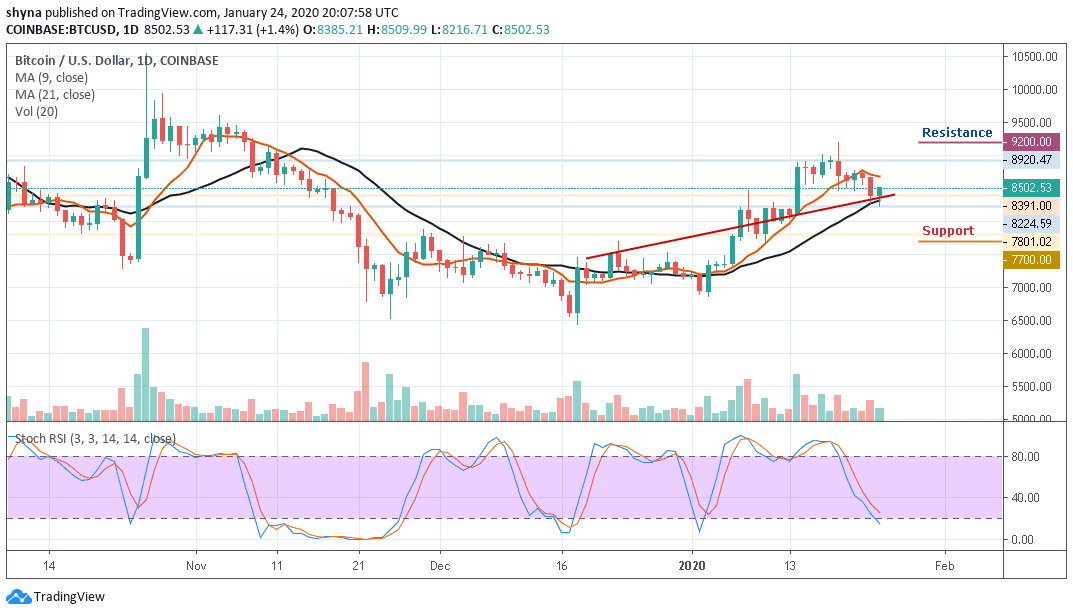Join Our Telegram channel to stay up to date on breaking news coverage
The Bank of International Settlements (BIS) has revealed that research on Central Bank Digital Currencies (CBDCs) is majorly championed by banks in emerging countries.
Earlier this week, the BIS, which helps bolster monetary and financial cooperation among central banking institutions across the world, released the report of a survey in which it took responses from 66 central banks across the world late last year- 10 of which weren’t participants in a similar survey conducted in 2018.
Emerging Economies Lead the Pack
From the survey, the BIS revealed that about 80 percent of central banks are indeed looking into the prospect of launching CBDCs. The survey showed that most of the work being done in relation to CBDCs is still in the proof of concept and experimental stages. As the BIS further explained, the results of the survey in this regard were strikingly similar to those of the 2018 survey, adding that various central banks have their reasons for going into the field.
However, what was particularly interesting from the survey was the discovery that the most significant progress in the field of these digital assets was actually coming from emerging economies. As it explained, several emerging economies have gone as far as developing operational agreements to develop a CBDC, while some have also made amendments to their financial regulations to help their central banks pursue the development of one, and some have either expressed their firm interest or started pilot programs with the aim of developing such an asset.
As the report showed, while 80 percent of the central banks have looked into the prospect of developing a CBDC, only about 40 percent of them have progressed from conducting conceptual research to conducting live experiments or proofs of concept of an CBDC, while only a tenth of the banks have moved on to building live pilot projects. This 10 percent comprises entirely of emerging economies.
Although it didn’t go explicitly into detail, the report did reveal that central banks in The Bahamas and the Eastern Caribbean have engaged in CBDC projects. Uruguay and Sweden are also working on pilot programs for general-purpose CBDCs, although the technologies used in their approaches were different.
The BIS forecasted that about 10 percent of the central banks would most likely release general-purpose CBDCs I the short term, a figure which is twice the ratio recorded in 2018. That 10 percent represents about 20 percent of the total global population, while the report also showed that 20 percent of respondents are likely to issue their CBDCs in the medium term.
Differing Motivations for CBDCs
The report also examined the motivations for going into the CBDC field, noting that emerging economies’ central banks were more strongly motivated to make the switch to general-purpose CBDCs especially. Some of the most prominent motivations included a desire to improve financial inclusion, a need for heightened payment safety, and a need for higher levels of domestic payment efficiency.
As for advanced economies, the chief motivator for this is a need for improved payment safety. The respondents showed a similar trend when asked about issuing wholesale CBDCs, with emerging economies’ central banks listing the same motivations. However, advanced economies looking into this type of CBDC were mostly motivated by the need for more efficient cross-border payments.
Join Our Telegram channel to stay up to date on breaking news coverage


